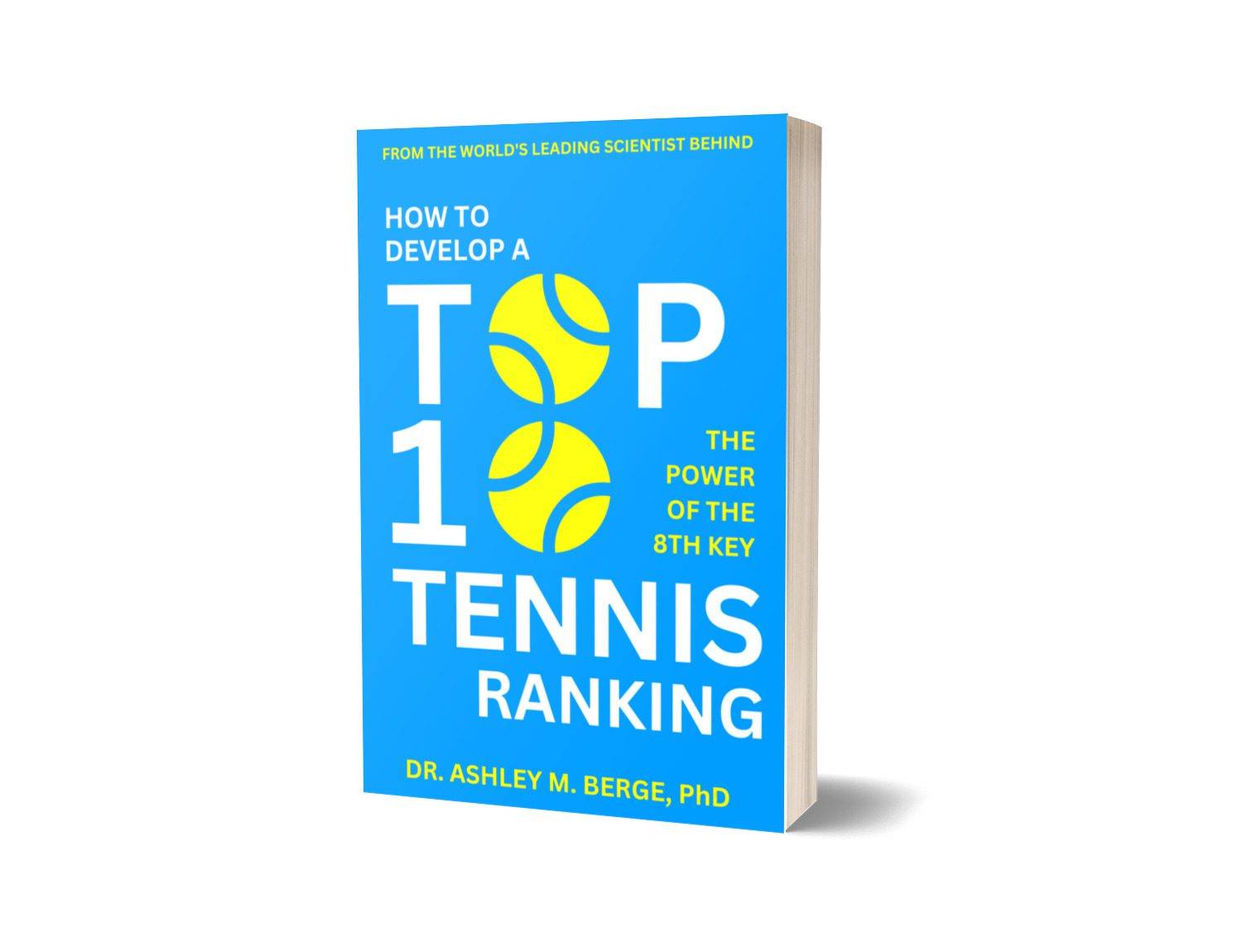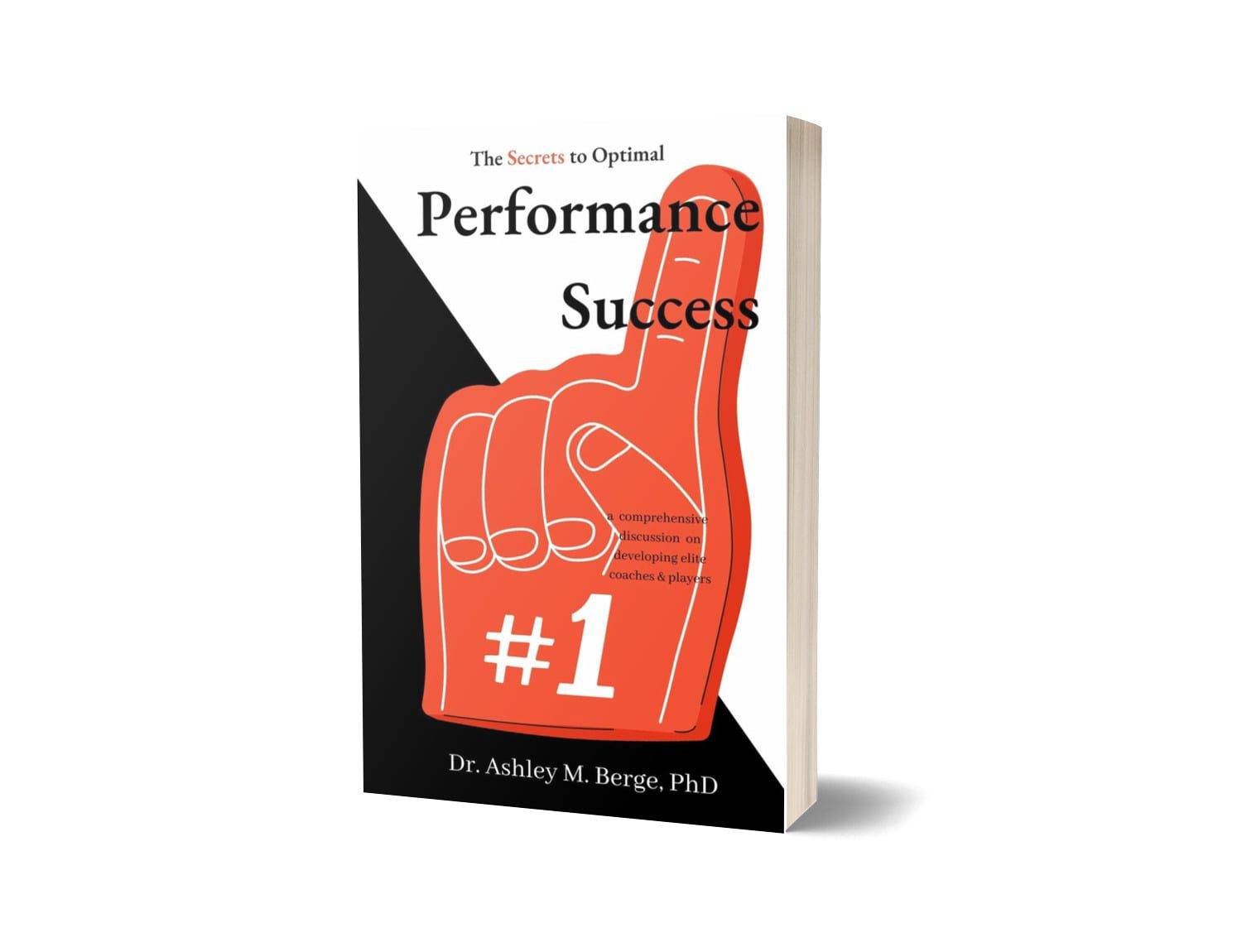
A player’s performance follows a patterns and more precisely a cycle that allows them to peak within a predetermined window if the work is done to ensure a proper plan is put in place and adheres to the rulers of periodisation. For a more in depth understanding of periodisation there is ample amount of research available. I’d encourage those of you who are intrigued to delve into the research to be careful of those who claim to share otherwise as this is an important topic to understand and just as important to be cautious of those that may lead you down a less than desired path that may very well cause injury to overload the player/athlete.
A thorough plan involves sprints — short bursts of high intensity output, followed by a decrease in load akin to tapering in the lead up to a planned peak performance…
To read the full article please consider supporting my work through my new Book (pending release late 2024) that incorporates a variety of my writing — Dr Berge
To learn more about our data, predictive analytics and how to optimise your own performance, head on over to AM8 International. To learn more about AM8 International check out our selection of Books and/or options to join Dr B’s Pack to gain exclusive access to the best in the world. Not quite ready? Head on over to Beyond Top 10 Tennis for free access to 100+ episodes directly from Dr Berge of what it really takes to win multiple Grand Slams to securing that Top 10 tennis ranking with new episodes each week. More? Catch up on our Tips over on TikTok, Twitter, Threads or Instagram for quick snippets to apply in your game, today.

















